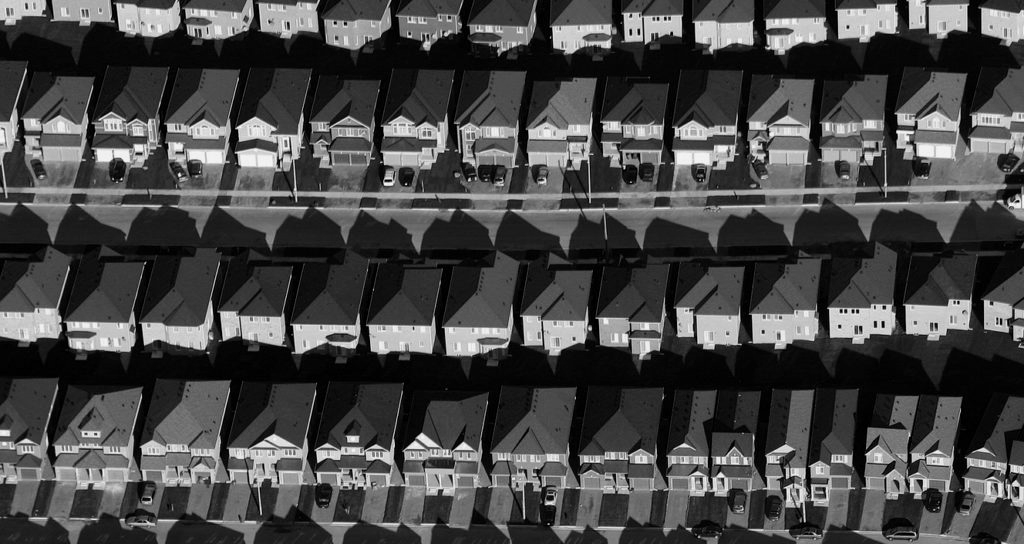Design Stage
In multi-site projects, almost always, the first site requires the most engineering hours. Getting the right design and configuration on the first site will simplify replication process which could reduce significantly the total design duration and completion of a multi-site project.
As most big projects are multi-discipline, it is the responsibility of each discipline leads to ensure that process engineers consider design uniformity and site replication. What are the advantages of having design uniformity across a multi-site project to an Electrical Engineer?
- Electrical equipment will be similar across all sites.
There will be a common specification and datasheet for equipment across the multi-site project. Equipment spare inventory will be minimum. - Equipment and Plant Layouts will be similar.
Power, lighting, cable ladder and earthing will be similar on all sites. Checking will be much easier. - Cable sizes and drum lengths will be similar across all sites.
As layouts will be similar, this simplifies cable sizing and procurement as drum lengths will be similar. - Procurement will be reduced due to the uniformity of equipment. Equipment can be ordered in bulk rather than individually.
- Shorted design duration.
What are the disadvantages of design uniformity?
- Equipment ratings may be much more than what is required in some sites.
Low utilization will mean that equipment efficiency will be significantly reduced. - Cables sizes may be much larger than required.
- An error on the first size will be replicated unto the other sites.
The pros of design uniformity outways the cons. Not to mention that the project will be finished much earlier making the client happy.
Construction Stage
As in the design stage, uniformity in design will also impact construction. Constructing the first site will ensure that all issues on the first site will not get replicated on the succeeding locations. Likewise, lessons learnt will serve as a guideline during the construction of the other sites. This is in contrast to constructing all the sites at the same time. For example, if there are ten (10) similar project locations, doing the ten (10) simultaneously will surely mean that an issue will be replicated ten (10) times and rectification will incur ten (10) times the effort.
Doing the site works at the same time has the advantage of better project cash flow at the beginning of the project. If implementation will be smooth, with minimal issues, then there will be shorter project execution. However, if there are issues, then the project revenue at the beginning of the project will just get exhausted at the end of the project to close-out all punch list that should have never been there if only project execution was sequential.
This is the downfall of the project that I have been previously involved with. Management wanted the cash flow early, so project execution was simultaneous. Engineering design was not flawless as well for the same reason thus instead of completing the project as scheduled, it was dragged on and on until the client finally decided to de-scoped the unfinished portion of the project. Good enough, at least it was only de-scoping, worse if liquidated damages have been imposed.
